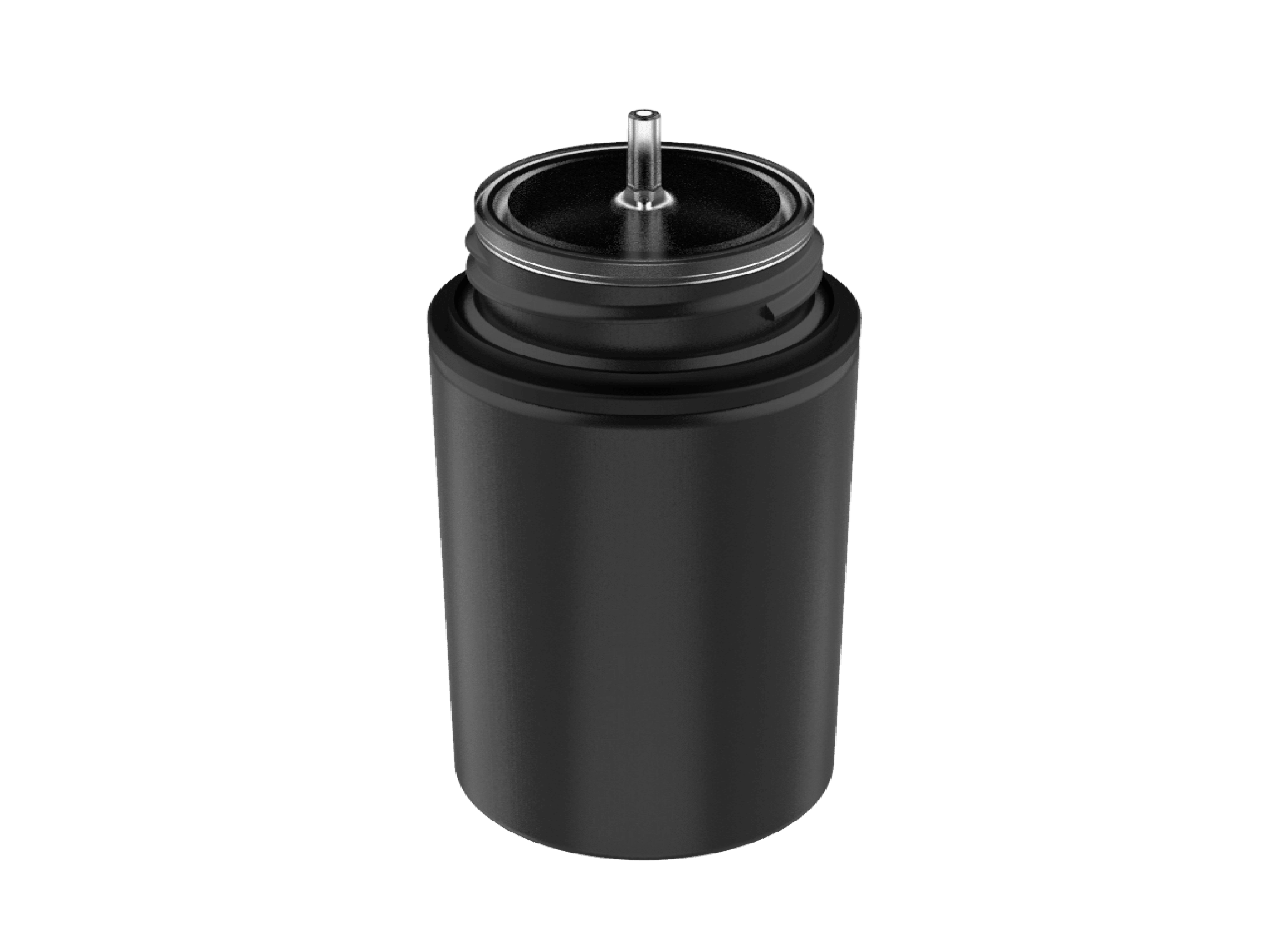Table of Contents
- Understanding Seeds: Basics and Formation
- Identifying Seedlings: Appearance and Development
- Seedling vs Vegetative Stage: Key Differences
- Seeds vs Clones: Pros and Cons for Cultivation
- Common Seedling Issues and Solutions
- Cultivation Technology: From Seedo Grow Box to Advanced Options
- The Future of Plant Propagation: Innovations and Best Practices
Understanding Seeds, Seedlings, and Clones: A Comprehensive Guide
The journey from seed to mature plant represents one of nature's most fascinating processes. Whether you're a hobbyist gardener or commercial cultivator, understanding the fundamentals of seeds, seedlings, and cloning techniques provides the foundation for successful cultivation. This guide explores the key differences between propagation methods, identification tips, and solutions to common growing challenges.
Understanding Seeds: Basics and Formation
Seeds are remarkable biological packages containing everything needed to produce a new plant. Each seed consists of three main parts: the embryo (baby plant), endosperm (food supply), and seed coat (protective outer layer). The formation process begins with pollination and fertilization, resulting in genetic diversity through the combination of parent plants.
According to our comprehensive seed guide, proper seed selection is crucial for cultivation success. Seeds vary widely in size, shape, and germination requirements depending on the plant species.
Identifying Seedlings: Appearance and Development
The question "what does a seedling look like?" is common among new growers. Seedlings typically emerge with two initial leaves called cotyledons, which are often rounded and different from the plant's mature leaves. As growth continues, the first set of true leaves develops, displaying characteristics more representative of the mature plant.
Identifying marijuana seedlings specifically requires attention to their distinctive appearance: slender stems, bright green color, and gradually developing serrated leaf edges. The initial growth stage typically lasts 2-3 weeks before transitioning to the vegetative phase.
Key Seedling Identification Features:
- Emergence of cotyledons (seed leaves)
- Development of first true leaves
- Thin, delicate stem
- Minimal branching
- Small root system
Seedling vs Vegetative Stage: Key Differences
Understanding the transition from seedling to vegetative growth helps cultivators adjust care routines appropriately. The seedling stage focuses on establishing roots and initial foliage, while the vegetative stage emphasizes rapid growth and structural development.
Seedling Stage Characteristics:
- Delicate structure requiring gentle care
- Limited water and nutrient needs
- Sensitive to light intensity
- Typically lasts 2-3 weeks
Vegetative Stage Characteristics:
- Robust growth and branching
- Increased water and nutrient requirements
- Development of mature leaf patterns
- Stronger stems and expanded root system
For those wondering "what is seed viability," our seed growth guide explains how proper storage affects germination rates and overall plant health.
Seeds vs Clones: Pros and Cons for Cultivation
The debate between seeds vs clones represents one of cultivation's fundamental choices. Seeds offer genetic diversity and stronger root systems, while clones provide genetic consistency and faster maturation.
Benefits of Seeds:
- Genetic diversity and hybrid vigor
- No risk of pest or disease inheritance
- Stronger taproot development
- Longer lifespan potential
- Greater resilience to environmental stress
Benefits of Clones:
- Genetic uniformity and predictable traits
- Faster time to harvest
- No germination uncertainty
- Preservation of rare or desirable genetics
- Simplified sexing (all female plants possible)
For commercial operations, the choice between seeds and clones often depends on specific cultivation goals, available space, and resource allocation. Many professional growers incorporate specialized processing equipment to optimize their workflow regardless of propagation method.
Common Seedling Issues and Solutions
Even experienced growers encounter seedling problems. One frequent concern is "seedling top broke off," which can occur due to mechanical damage or environmental stress. When this happens, the plant may recover by developing new growth from lower nodes, though recovery depends on the extent of damage and overall plant health.
Other Common Seedling Challenges:
- Damping off (fungal disease)
- Stretching (insufficient light)
- Nutrient deficiencies or burn
- Improper watering (over or under)
- Temperature extremes
Prevention strategies include maintaining proper humidity levels, providing adequate light, using sterile growing media, and implementing gentle watering techniques. For detailed guidance on seed cultivation challenges, our comprehensive planting guide offers practical solutions.
Cultivation Technology: From Seedo Grow Box to Advanced Options
Modern cultivation increasingly incorporates technology to optimize growing conditions. The Seedo grow box represents one innovation in automated cultivation, offering climate-controlled environments for consistent results. These self-contained units regulate light, temperature, humidity, and watering to simplify the growing process.
Beyond consumer-level technology, commercial operations utilize sophisticated systems for propagation, including:
- Automated seed germination chambers
- Aeroponic cloning machines
- Environmental control systems
- Specialized lighting configurations
- Nutrient delivery automation
For those interested in exploring high-quality genetics, our guide to cannabis seeds and top autoflower seed companies provide valuable insights into reputable sources.
The Future of Plant Propagation: Innovations and Best Practices
The field of plant propagation continues to evolve with scientific advancements and technological innovation. Tissue culture, once limited to laboratory settings, increasingly enters commercial cultivation as a method to produce disease-free, genetically identical plants at scale. This technique represents the next evolution beyond traditional seeds and clones.
For cultivators looking to stay ahead of industry trends, focusing on these areas will be beneficial:
- Genetic preservation techniques
- Sustainable propagation methods
- Integration of data analytics in breeding
- Climate-adaptive cultivation strategies
- Resource-efficient growing systems
Whether starting with germinated seeds or exploring advanced propagation methods, successful cultivation begins with understanding the fundamental biology and requirements of plants during their earliest development stages. By mastering these principles, growers at any scale can improve their results and contribute to the advancement of cultivation practices.











Leave a comment
All comments are moderated before being published.
This site is protected by hCaptcha and the hCaptcha Privacy Policy and Terms of Service apply.